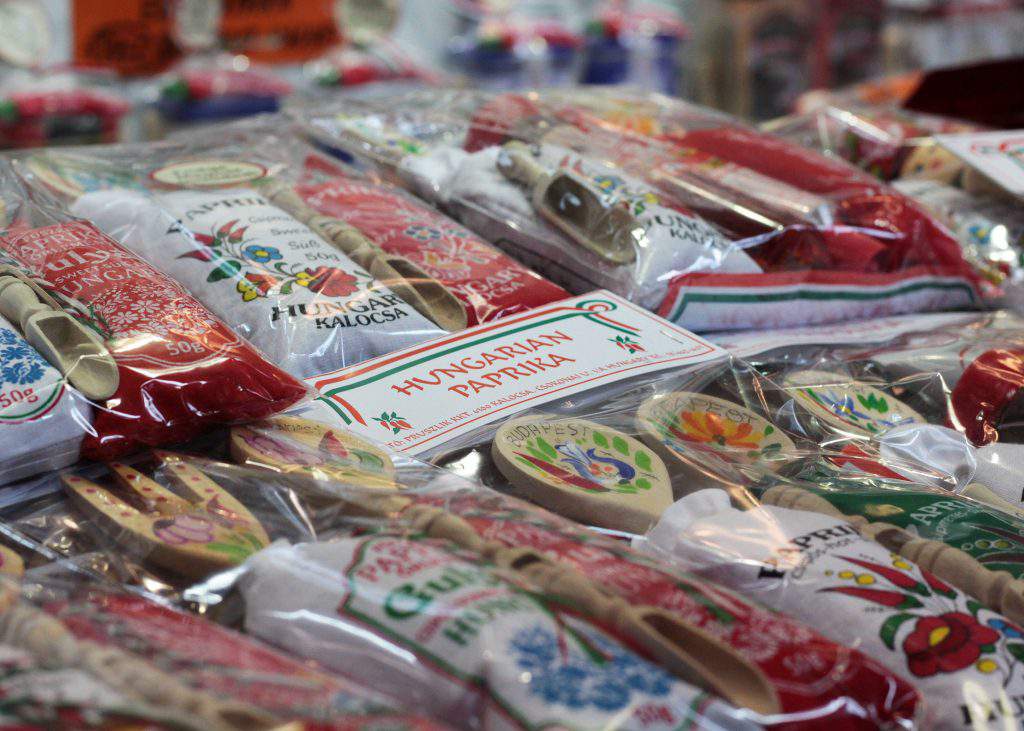The brief history of the Hungarian paprika

Red pepper has come a long way here in Hungary. It reached the country in the 16th century, but at first, it was only planted by nobles in castle gardens as a decorative plant. The paprika took a while before it became one of the best-known Hungarikums and symbols of Hungary. At first, the nobility despised the dishes made with it and, in reality, what many Hungarians think of as hot is only at the bottom of the Scoville scale.
According to Szeretlek Magyarország, the vividly coloured spice probably reached Hungary from Turkey, hence its first name: törökbors (Turkish pepper). At first, it was used by the peasants instead of pepper. First, its name was peperi or piperi of Greek origin, then Hungarians used the Slavic papar, and the name paprika was only coined in Hungary in 1724.
Thanks to its characteristic taste, analgesic and anti-inflammatory effect, the high content of vitamin C, vitamin A, and vitamin B has also contributed to its – relatively late, but – unbroken popularity.

In the past, it was also used in folk medicine to help with rheumatism, and it was even consumed preventatively in the great cholera epidemic in 1831. As the paprika plant loves heat, the best-quality pepper in Hungary is grown in the Great Plain, especially in Szeged and Kalocsa.
By the 19th century, meals made with either the hot or sweet pepper became very popular, and one of the favourite dishes of Hungarians, the paprikas csirke (chicken paprikash), was born.

István Czifray, the court chef of Palatine József, was the first to write the recipe down in the Hungarian national cookbook in 1830. In the early days, thickening with sour cream was only the privilege of affluent people; on a 19th-century menu, for example, chicken paprikash cost more than stew.
Today, it is one of the most well-known Hungarian dishes, but back in the day, the aristocracy looked down on goulash (at that time, there was no distinction between goulash and stew yet), but after the food became one of the symbols of national resistance against Joseph II, the perception of the food changed among noblemen. After the Compromise of 1867, the stew had become a national dish independent from politics.

In the 19th century, paprika was already one with Hungarian gastronomy.
This is supported by a contemporary travel description by the German August Ellrich from 1831. He named one of the dishes he tasted in Hungary a “hellish paprika soup” and added the following comment: “The Spanish pepper is called paprika in Hungary, and it is the most beloved spice of Hungarians. It is unbelievable how much they put in their national dishes. One such popular national dish is goulash, chopped beef cube in paprika soup. Often, this goulash is like glowing embers in the mouth or worse”.
Source: Szeretlekmagyarország.hu





